The Castro
district in San Francisco vibrates with energy, most of
it male. Men holding hands, walking dogs, and lounging at
cafes have long been the main attraction in a
neighborhood known around the world as a gay
destination.
Yet where
visitors see a living monument to gay pride, longtime
community leader Brian Basinger sees a cultural
enclave at risk of becoming a faded museum piece or
worse, a place where men who love men may one day feel
like they do not belong.
"When I see a
stroller now, I see it as someone who evicted a person
with AIDS, right or wrong," said Basinger, president of the
Harvey Milk Lesbian Gay Bisexual and Transsexual
Democratic Club.
For more than 30
years, most big cities in the United States have had a
district either explicitly or implicitly understood to be
the place to go if you were gay: the West Village and
Chelsea in New York City, Washington's Dupont Circle,
Boston's South End.
But as gays and
lesbians win legal rights and greater social acceptance,
community activists worry these "gayborhoods" are losing
their relevance. Like the bedsheet-size rainbow flag
at the intersection marking the entrance to the
Castro, they are at a historical crossroads.
"What I've heard
from some people is, 'We don't need the Castro anymore
because essentially San Francisco is our Castro,'" said Don
Romesburg, who cochairs the GLBT Historical Society.
Don Reuter, a New
York writer who is researching a book on the rise and
fall of a dozen gay neighborhoods in the U.S., has observed
the same trend in cities such as New Orleans,
Philadelphia, and Seattle. He found "Disneyfied"
places boasting chain stores and "cleared of any
reference to sex."
"What makes these
neighborhoods gay? Not much," concluded Reuter, who
predicts that outside New York, San Francisco, and a handful
of other cities, neighborhoods with a significant gay
presence will not survive.
In the early
1970s an atmosphere of wild abandon prevailed in districts
often referred to as "gay ghettos." Men who had kept their
sexual orientations hidden reveled in the freedom of
leading openly gay lives for the first time. The party
dragged to a painful halt in the 1980s with the onset
of AIDS, Reuter said, but the crisis also solidified gay
communities even as it decimated them.
Now, as the fear
of AIDS has abated, the neighborhoods have become
attractive to developers and investors trying to encourage
families and others to return to city centers.
Signs of change
include the security gates installed last year by a local
hotel to discourage "cruising" for gay sex, and the recent
closings of two longtime stores, one that sold leather goods
and the other bath products. National retail chains
like Pottery Barn and Diesel now occupy prominent
Castro locations.
Several nonprofit
agencies serving the gay community have also moved out
due to rising rents. Meanwhile, 500 new apartments and
condominiums are planned for the area, half of which
have been designated as "family housing."
But no one is
suggesting that the Castro has been overrun by
heterosexuals just yet.
After the Cape
Cod resort of Provincetown, Mass., the neighborhood has
the nation's highest concentration of same-sex couples,
according to 2005 U.S. census estimates. And San
Francisco as a whole ranks first among cities, with
gay and lesbian residents making up 15% of the population.
Some activists
point to cities with less-established gay districts,
however, as a sign of what could happen. Honolulu's Kuhio
district stands vacant after its gay bars were
dispersed in the late 1980s. In Atlanta's Midtown, gay
nightclubs recently have given way to condominiums.
"We have
Chinatown and Japantown and so forth, and that's important
for minority communities in this country, to have a place
where they can get a sense of being the majority,"
said Joe Curtin, an architect who serves as president
of Castro Area Planning Action. "But if you took those
away, you would still have China and Japan. If the Castro
goes away as a gay neighborhood, there is nowhere
else."
From 2000 to
2005, the 10 states with the biggest increases in the
percentage of gay couples were all in the Midwest, says Gary
Gates, a demographer for the Williams Institute, a
think tank at UCLA that specializes in sexual
orientation and the law.
"Thirty years
ago, if I lived in the Midwest and I was gay, my
thought was I would go to San Francisco or New York," Gates
said. "Now, a person can go to Kansas City and find a
fairly active and open gay community." (Lisa Leff, AP)













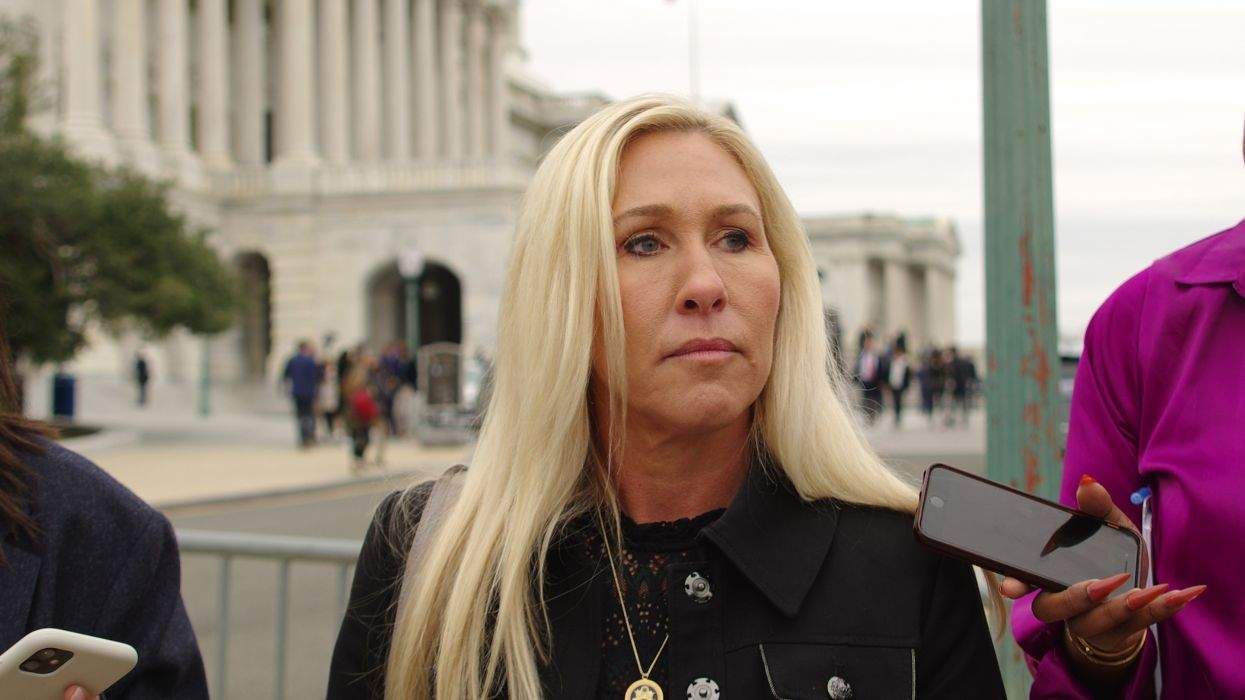
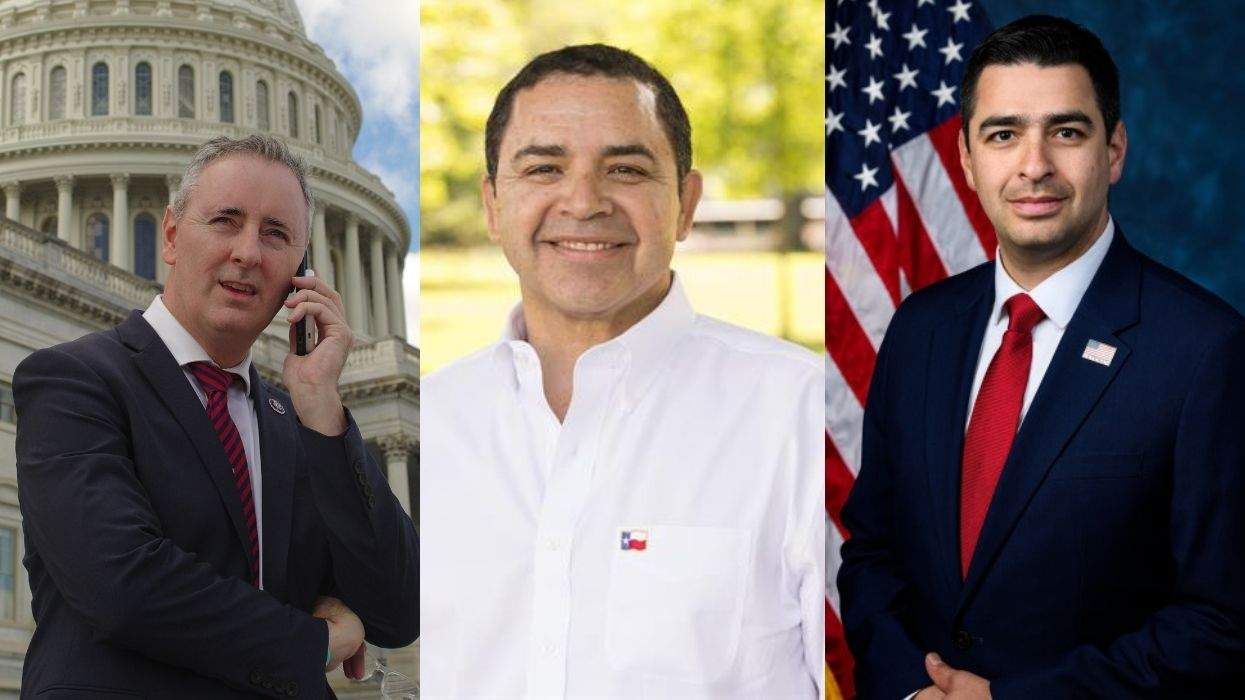

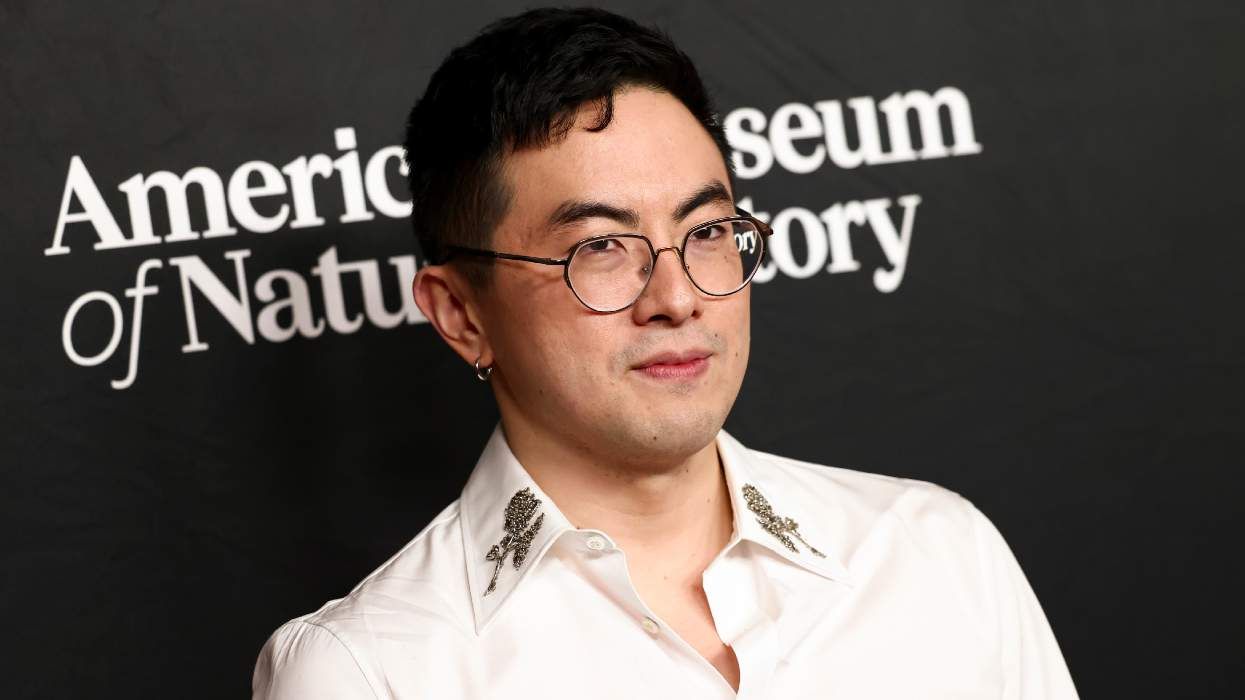
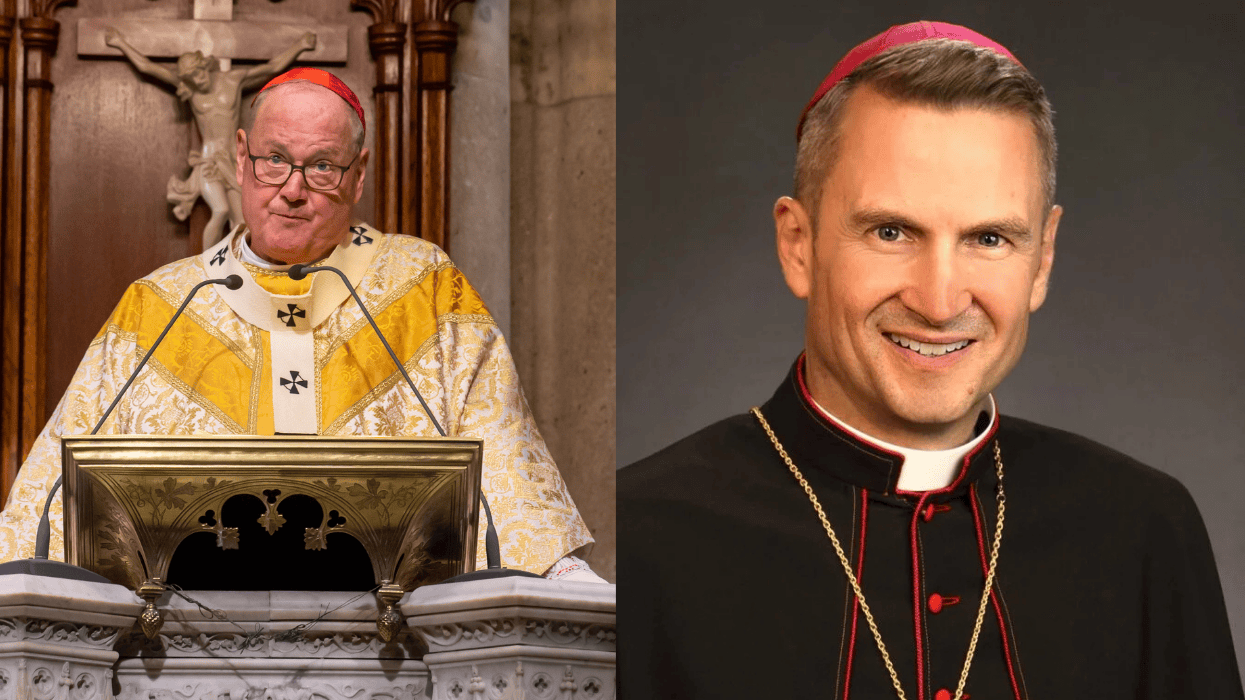
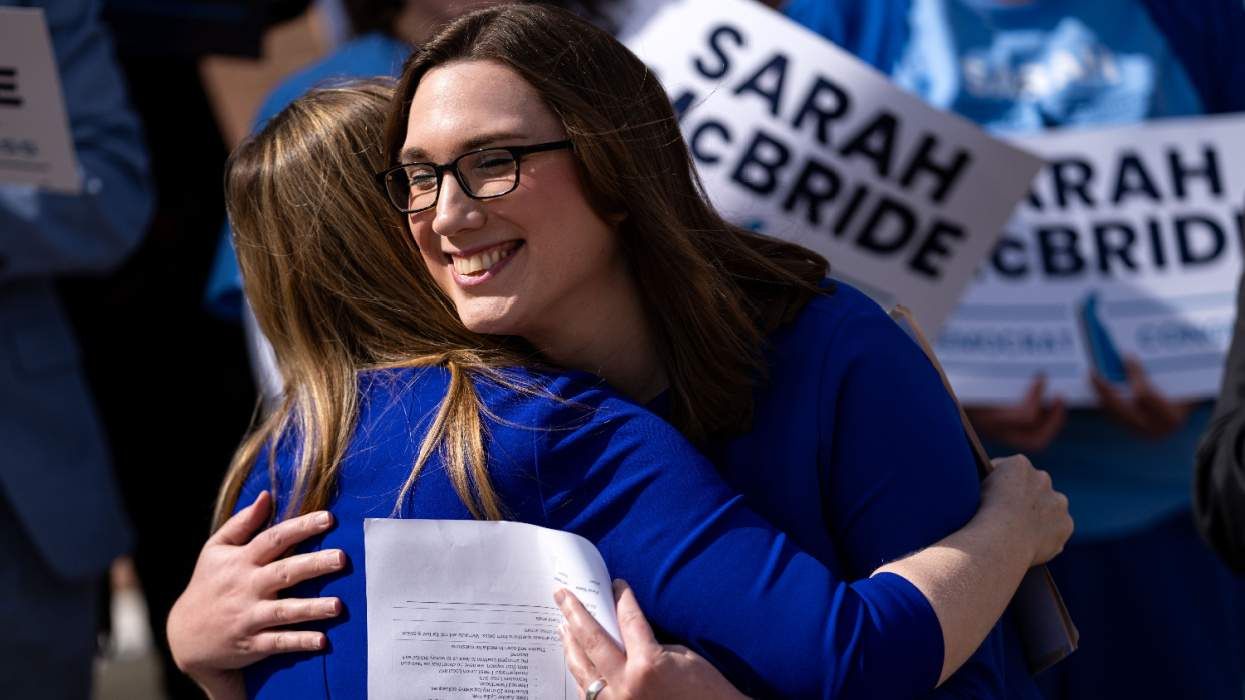
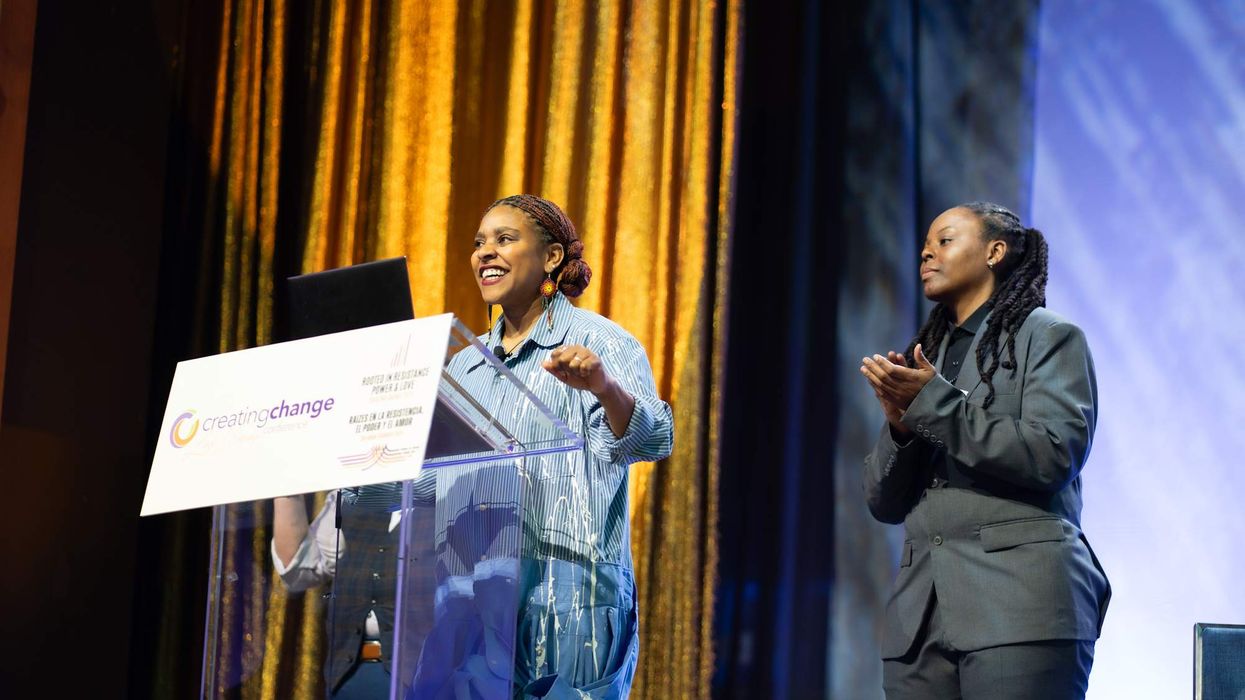
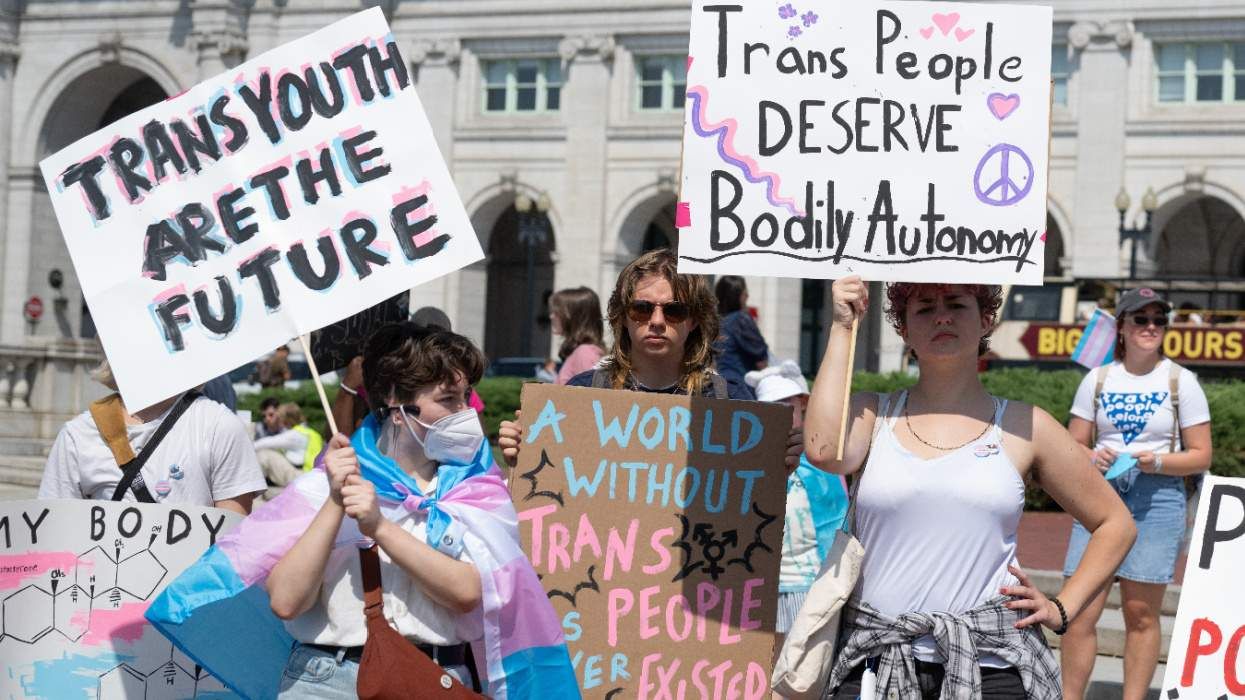
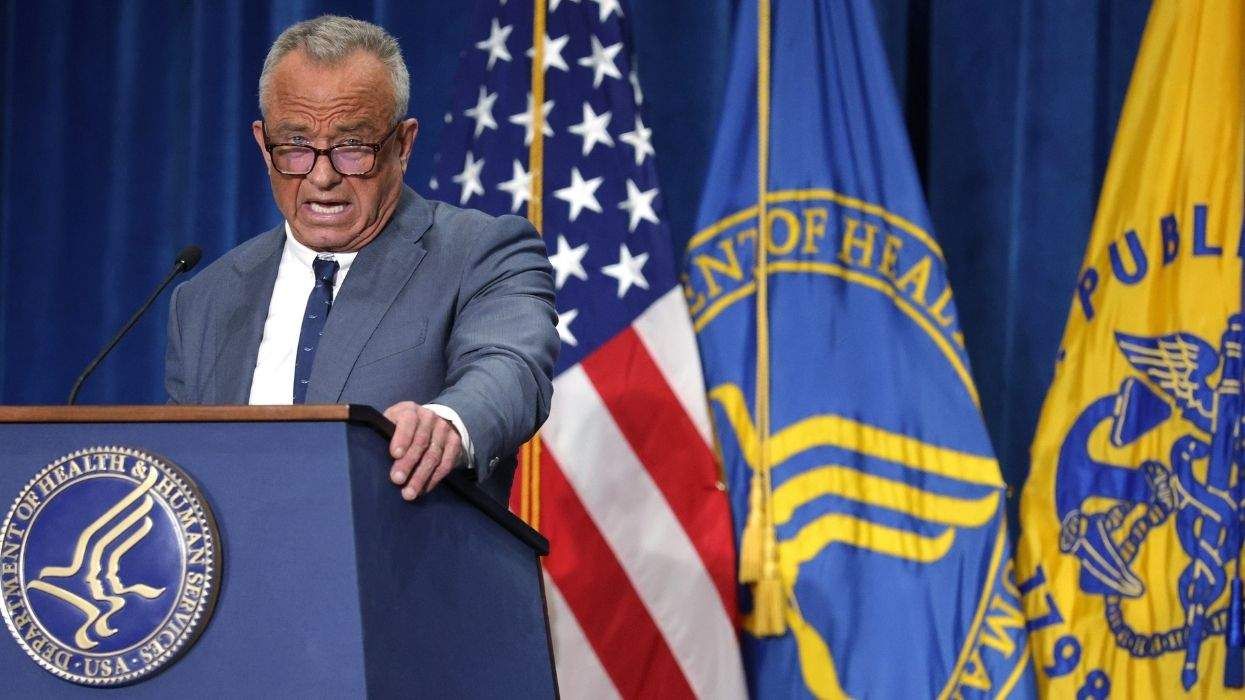

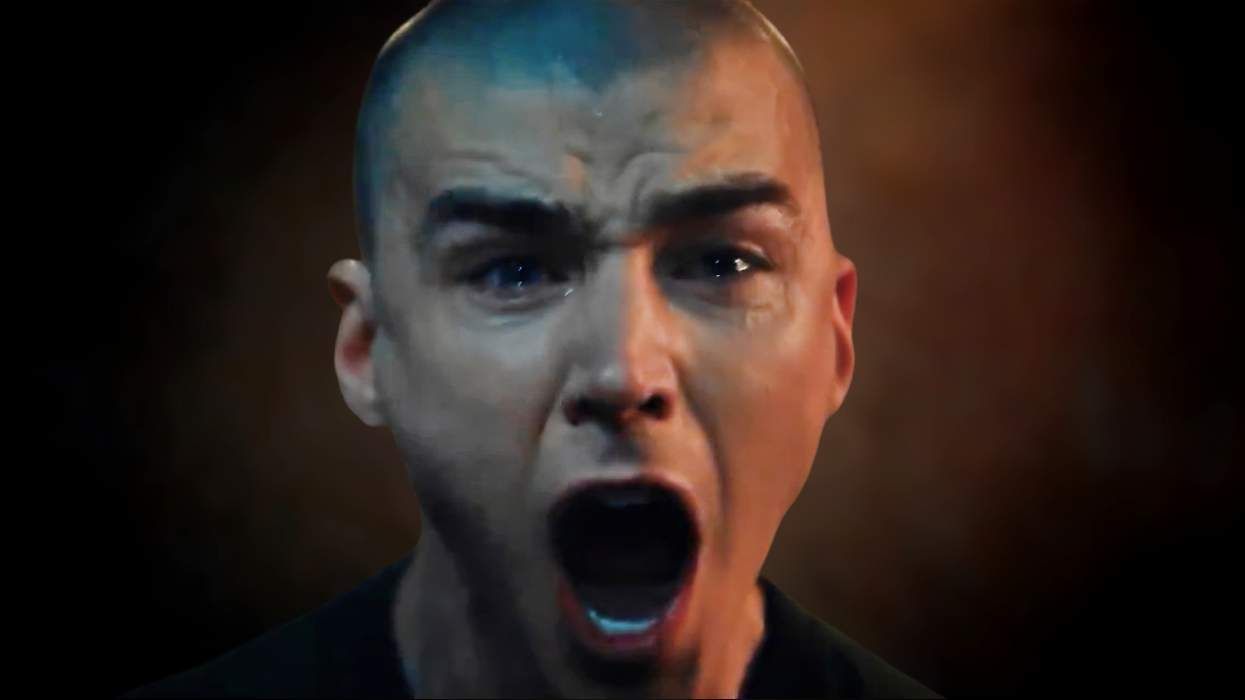
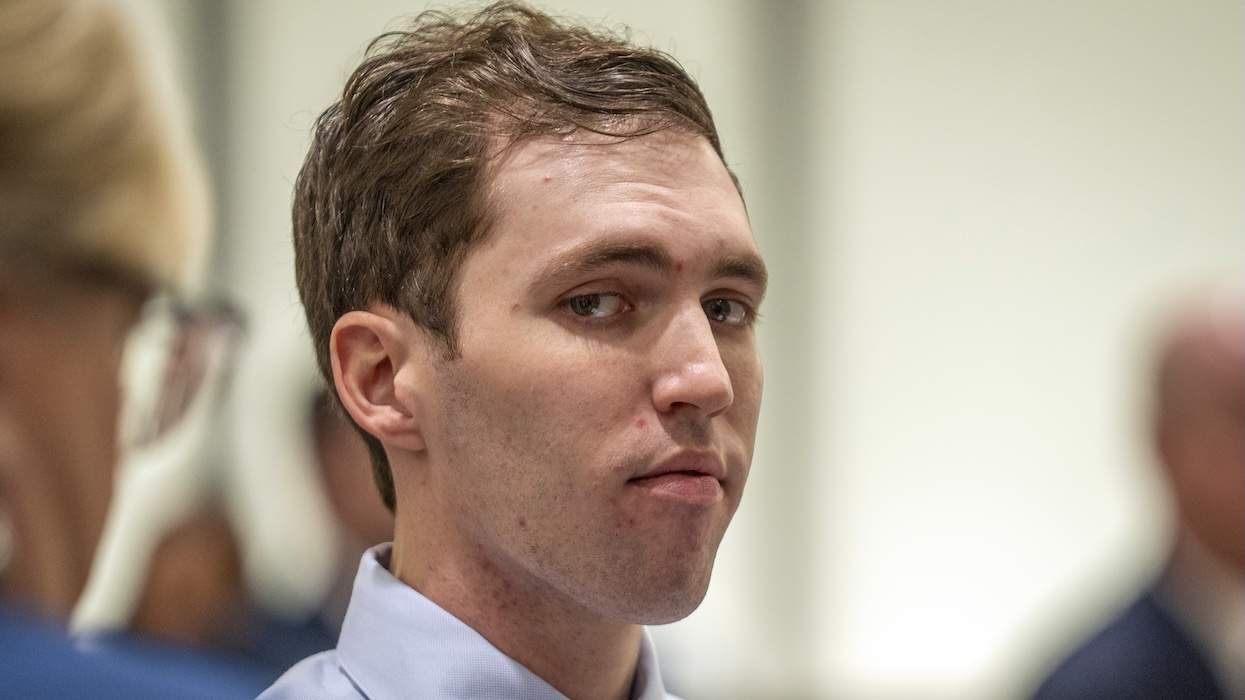
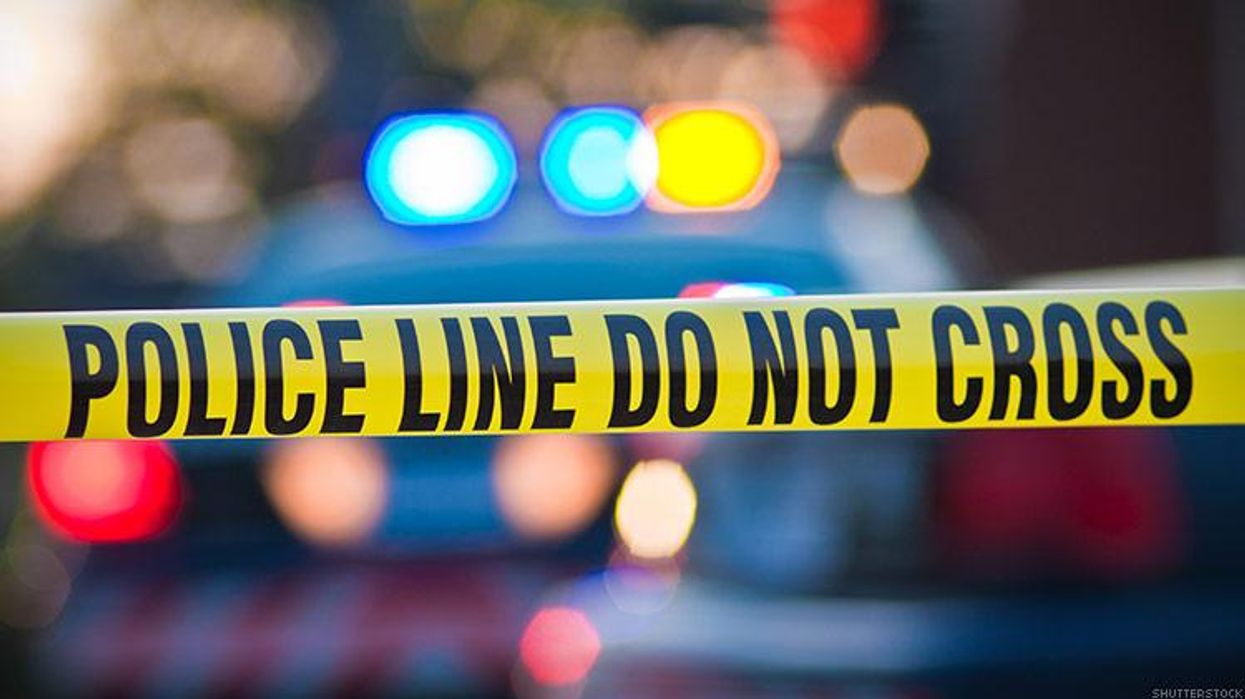
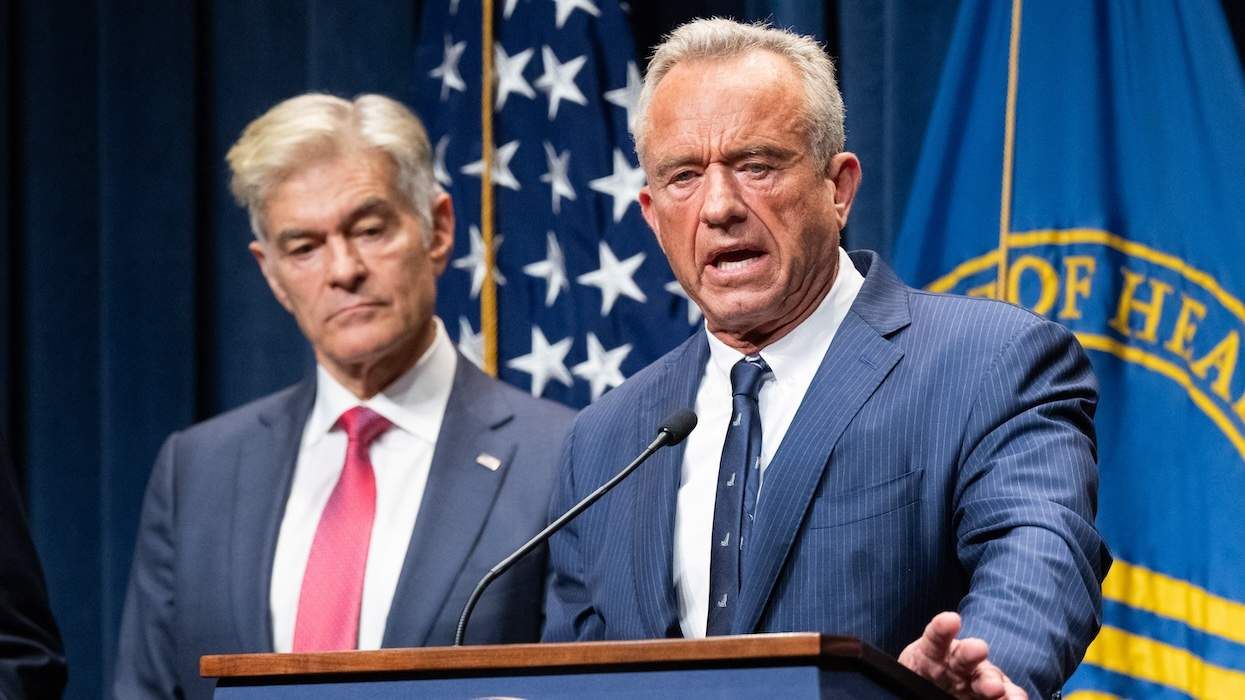






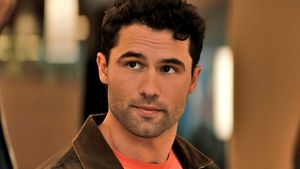



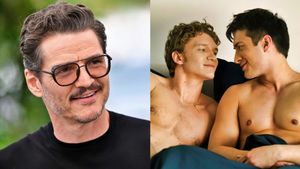









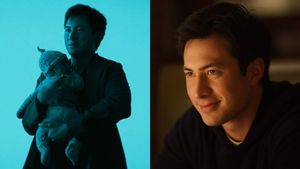





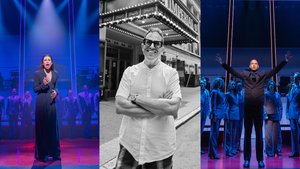





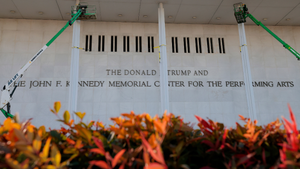








Charlie Kirk DID say stoning gay people was the 'perfect law' — and these other heinous quotes